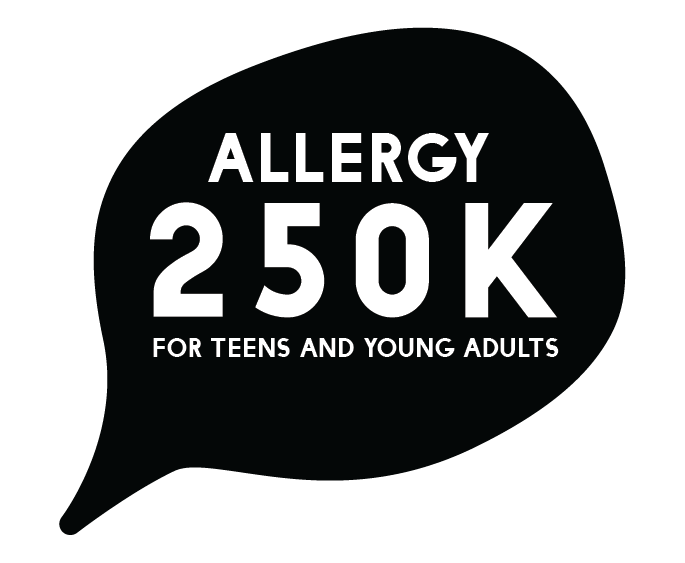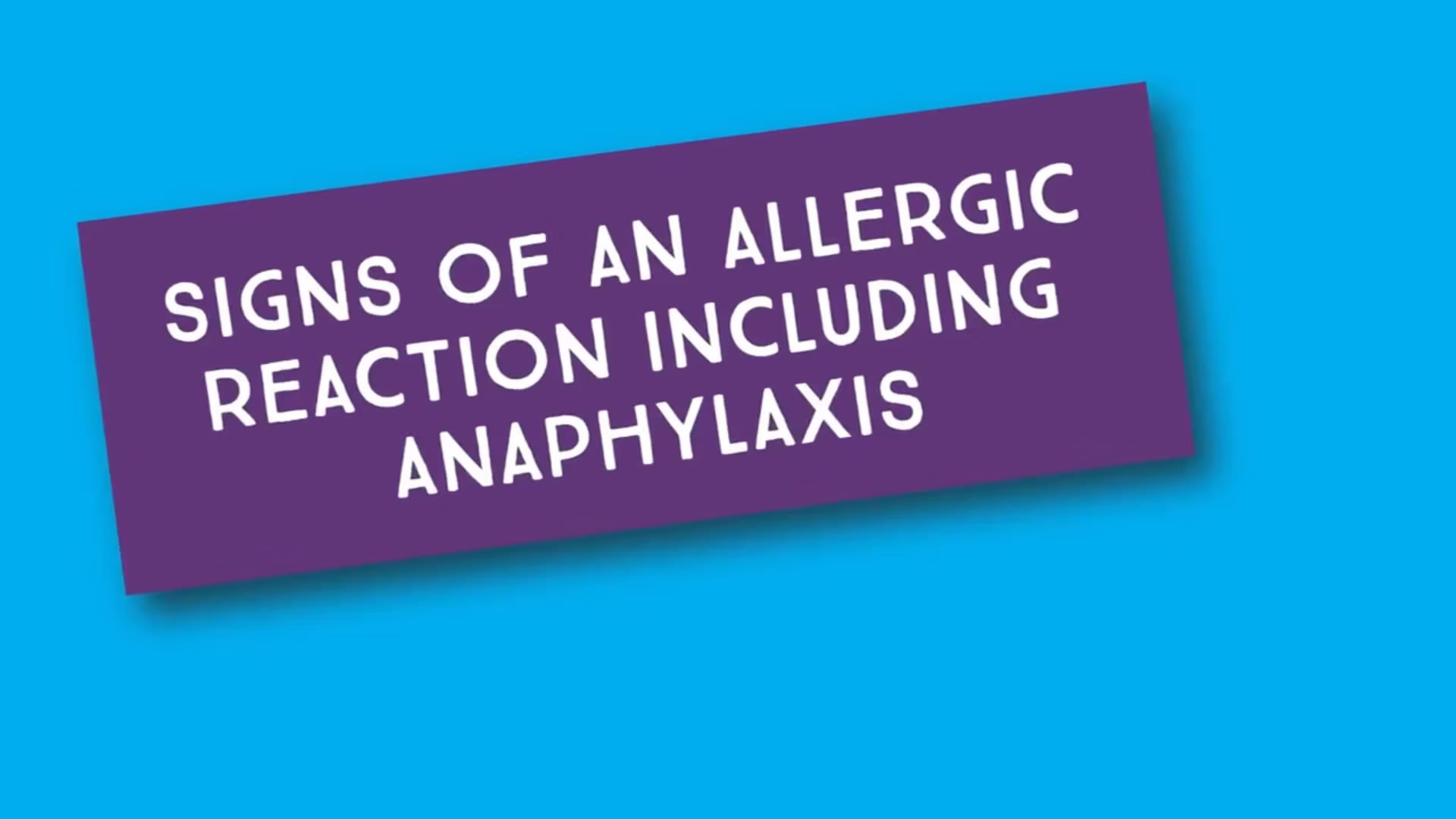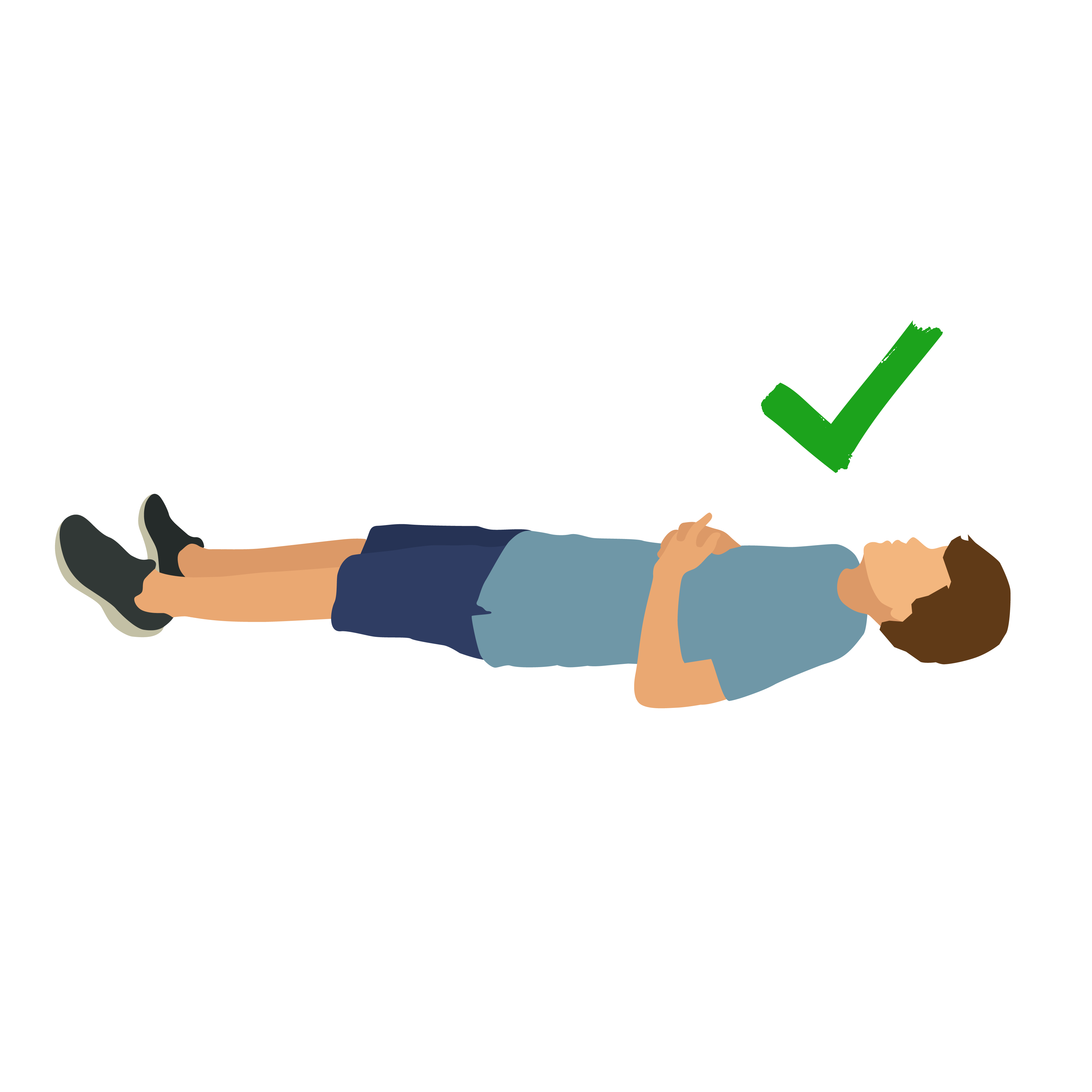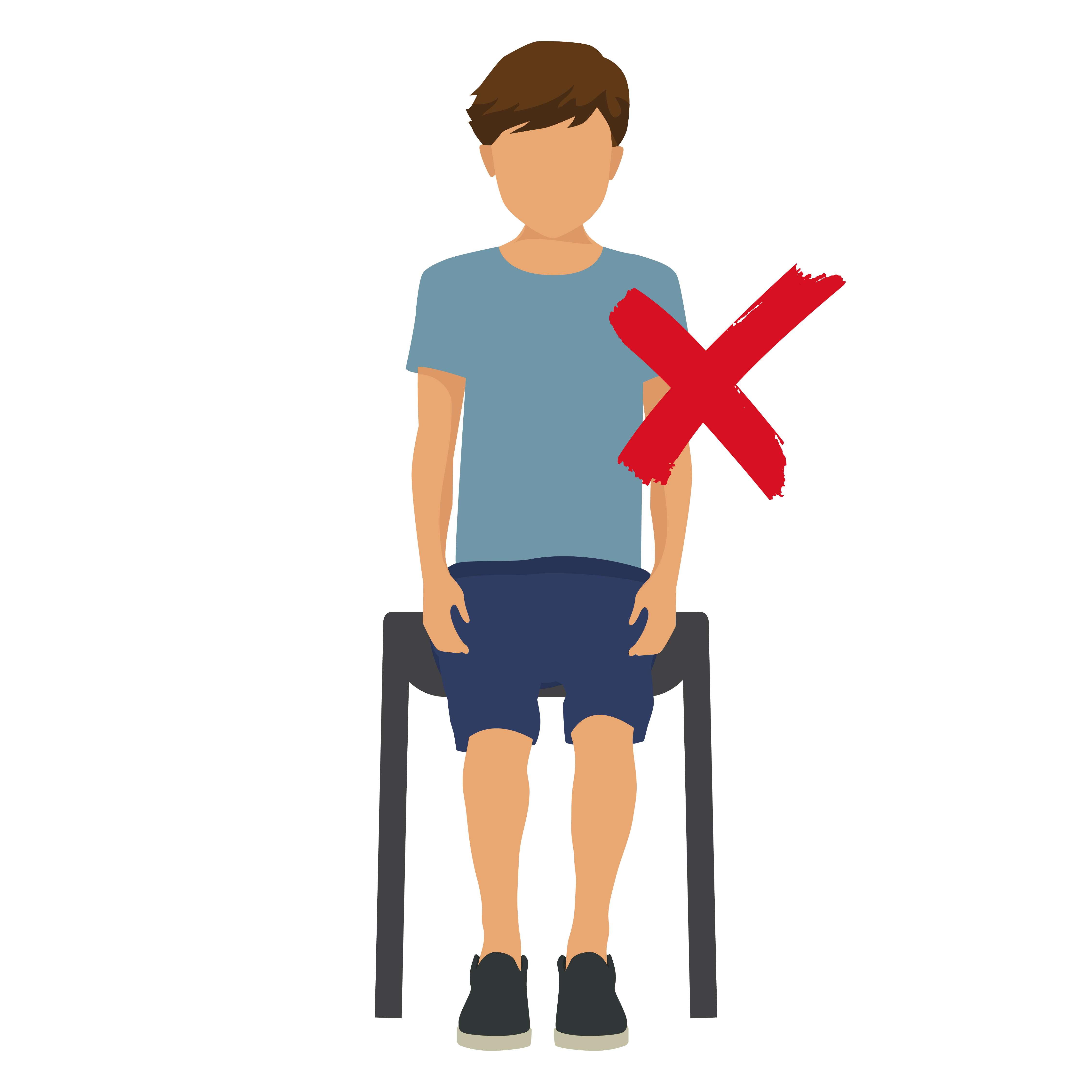Signs and Symptoms
Listen Now
Top Tips
- Your ASCIA Action Plan lists the signs and symptoms of anaphylaxis.
- If you have any one of the signs of anaphylaxis – use your adrenaline (epinephrine) injector (i.e. EpiPen® or Anapen®).
- It is recommended that you stick with either EpiPen® or Anapen® where possible, to avoid getting confused as they are administered differently.
Recognising an allergic reaction
Signs and symptoms usually occur immediately or within 2 hours.
Many factors can affect the severity of a reaction.
These include things like how much allergen you’ve eaten and what it was eaten with, alcohol consumption, walking or exercising, whether you have asthma, if you are unwell, or if you are about to have a period.
Signs of a mild to moderate allergic reaction include:
- Swelling of lips, face, eyes
- Hives or welts
- Tingling mouth
- Abdominal pain, vomiting — Note: these are signs of anaphylaxis for insect allergy, not food allergy.
Signs of a severe allergic reaction (anaphylaxis) include:
- Difficult/noisy breathing
- Swelling of tongue
- Swelling/tightness in throat
- Difficulty talking and/or hoarse voice
- Wheeze or persistent cough
- Persistent dizziness or collapse
- Pale and floppy (young children)
As soon as you notice any one of these signs, using an EpiPen® or Anapen® is the best treatment for anaphylaxis. It is also important that you don’t stand or walk. You should lie flat or if you are finding it difficult to breathe, sit with your legs outstretched in front of you while you wait for an ambulance to take you to hospital. Do not walk to the ambulance or on to hospital if you have had adrenaline because standing up may drop your blood pressure suddenly and make you very sick.
ASCIA Action Plan for Anaphylaxis
If you have been prescribed an adrenaline device, you should have an ASCIA Action Plan for Anaphylaxis (an emergency response plan – follow instructions if you show signs of an allergic reaction). A copy of your ASCIA Action Plan should be kept with your adrenaline device as it provides guidance on when and how to use your emergency medication.
Need Help?
If you need help, contact the organisation below
Anaphylaxis Australia
- 1300 728 000
- This support line is not an emergency helpline. Please call 000 for ambulance in an emergency.
- Send an email






